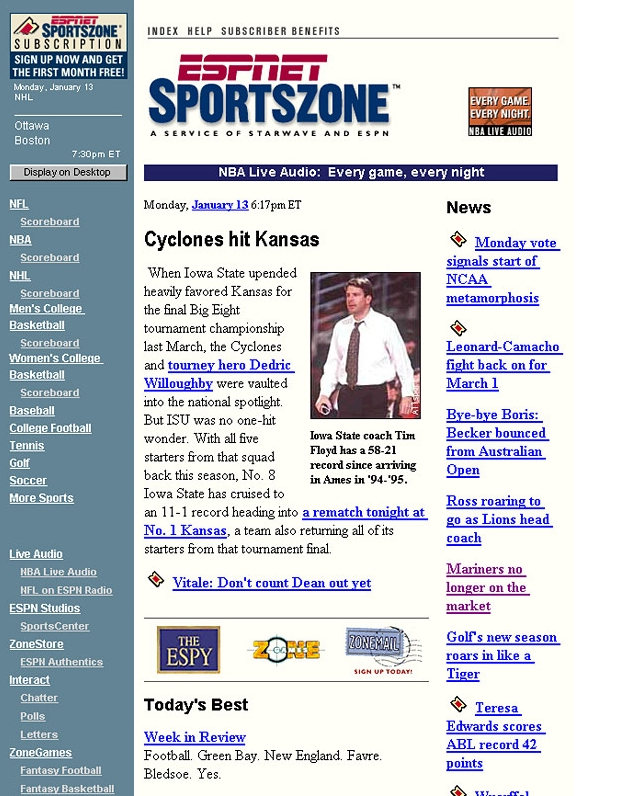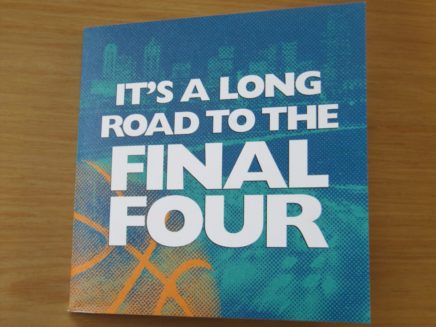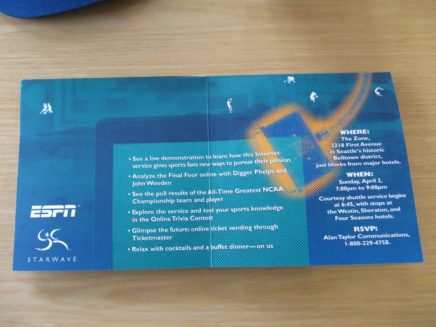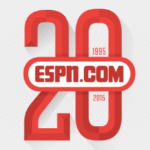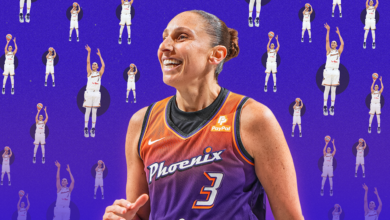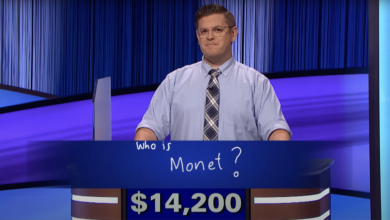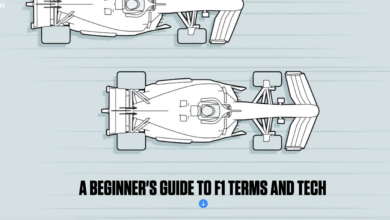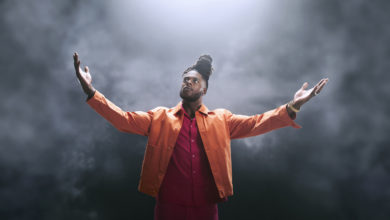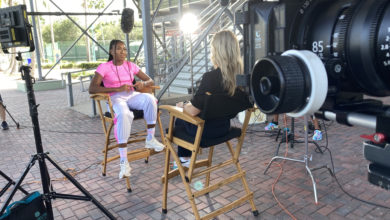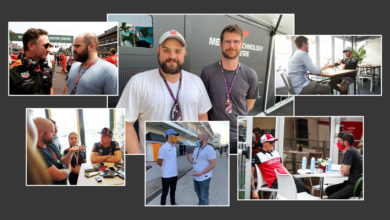The newsroom: 20 years of breaking news, insights and commentary from ESPN.com
Editor’s Note: In celebrating its 20th anniversary, ESPN.com unveils its new site on Wednesday, April 1. It’s the first major makeover of ESPN.com in more than five years, and it is completely rebuilt from the ground up. This week, Front Row presents discussions with ESPN.com’s leaders past and present exploring the sports news and information site’s growth.
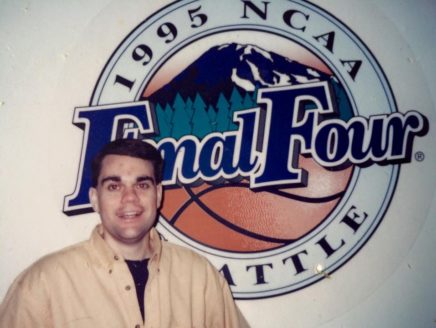
What have been the most important developments (or setbacks) since ESPN.com’s start in 1995 that shaped the way sports, digital media and technology intersect? And what will shape the next 20 years? Benchmark General Partner, Bill Gurley, and Yahoo Vice President of Product Management for Consumer Platforms, Dylan Casey, answer those questions.
Gurley: Obviously, ESPN had a massive impact in both the amount of sports that is now covered, but also the 24-7 coverage of what is happening around the globe. More recently, Twitter has revolutionized the player-fan relationship, drastically shrinking the distance between the two, and bringing the fan closer to the athlete than they have ever been. Having recently visited the ESPN sponsored MIT Sports Analytics Conference, I am blown away by how intelligent the research is at the highest level of all sports. Going forward, I expect even more data, and even better science. Those that don’t adapt will be left behind — despite what Charles Barkley thinks!
Casey: The ubiquity of both access and ability to publish to the Internet has fundamentally changed the landscape of the sporting experience. Before these changes, fans were entirely dependent on both the distribution channels and those creating the content to experience a sporting event – be it live or post event. Now, at the Tour De France or the Olymipcs, there are millions of people who are able to share their experience of the event with the entire world in real time. Not only has this changed the way we experience sports, but it gives both athletes and fans an entirely new relationship which is no longer gated by rights holders and distribution platforms.
Technology will continue to both shape our experience as well as give us new experiences that were never before possible. The most important development in the next 20 years will be a direct, 24/7, always on connection between the content and the fan. Over the next 20 years, fans will have access to any sporting event in the world in full fidelity and in real time through a direct neural connection to the Internet. Fans will no longer watch from afar but will be transported to the actual sporting event through technology like virtual reality. Further, fans won’t just sit in the stands, but will have first person view from the athletes’ perspective. The fan will become the athlete.
The growth of the ESPN.com editorial team over the past 20 years speaks a lot to how far along online journalism has evolved. Its coverage of the NCAA Final Four alone – the first major sporting event when the site launched on April 1, 1995 – speaks to the importance of ESPN.com as a news source alongside TV, radio and other ESPN platforms. Front Row spoke to the site’s editors about the early days and what’s in store for fans when the new ESPN.com debuts on Wednesday.
How did ESPN.com cover the Final Four in its early days?
David Albright, executive editor: In the earliest days, we literally couldn’t get into the Final Four. We weren’t recognized as a legitimate media outlet. So we worked with TV colleagues and utilized their interviews to tell stories on what was ESPNET SportsZone. We also worked directly with schools for phone interviews or meetings at team hotels. We assigned stories to freelancers who had credentials. In 1996, when the Final Four was at the Meadowlands, the NCAA distributed single-day media passes, mostly for TV entities. We might have shared a few of the ones issued to ESPN (after TV finished gathering what it needed). The bottom line: We didn’t let it stop us from doing our jobs. Thankfully, as the site grew, it established credibility and, sooner than later, we could walk into Final Four venues with our own credentials.
With the new ESPN.com, how will fans experience our Final Four coverage today?
Chad Millman, editor-in-chief: Three days after we launch, we’ll be in Indianapolis for the Final Four with two dozen editors, writers, photographers and videographers from ESPN.com and the affinity sites. It’s the first major event in which fans will get a sense of how immersive and all-encompassing live coverage can be on the new site, and also the dynamic way it’s presented. Users who personalized for teams still alive will get the latest news and info directly in the Favorites column. The Now feed will be capturing the conversation around games as they happen – something increasingly important for fans enjoying a second screen experience. Sandwiched between will be the full palette of stories and features that editors, writers, photographers and video teams report and dream up. It will take advantage of all the new site has to offer.
How has the editorial team grown over the years?
David Kraft, executive editor: In the early days of Starwave, we didn’t have sport editors. We came into the office every day and divided up sports. Sometimes there were three people at night, sometimes a couple. Initially, we had sport editors in-season. Then we grew, and somebody could focus on a sport year-round. As the site grew, we added people to edit columns and features. We added writers, first by sport, then by team. So a site that started with general news editors who might have baseball one night and hockey the next has grown into sport-specific teams, a bi-coastal news and copy desk, city sites, writers covering 60-or-so of the top teams and some of the best enterprise and investigative journalism anywhere.
What were some turning points or milestones for the ESPN.com news team in its 20-year history?
Patrick Stiegman, Vice President and Editorial Director: In terms of storytelling, the launch of Page 2 signaled the elasticity of our content to reach beyond sports into humor and popular culture. The expansion of enterprise and investigative efforts – starting with E-Ticket and evolving into OTL [Outside The Lines] – marked a commitment to in-depth storytelling and fans’ desire for compelling narratives.
We’ve amplified our approach to reaching fans through city sites, NFL Nation, the acquisition of ESPNcricinfo and the launch of ESPN FC. All of these were augmented by the proliferation of distributing our content in new and compelling ways – video, social, phones and tablets, among others. The combination has led to unprecedented consumption and signaled the innovation that we’ll carry through the next 20 years.
Editor’s Note: In the video below, SportsCenter anchor Matthew Barrie recalls his first encounter with ESPN.com.
Video produced by Samantha Baron
